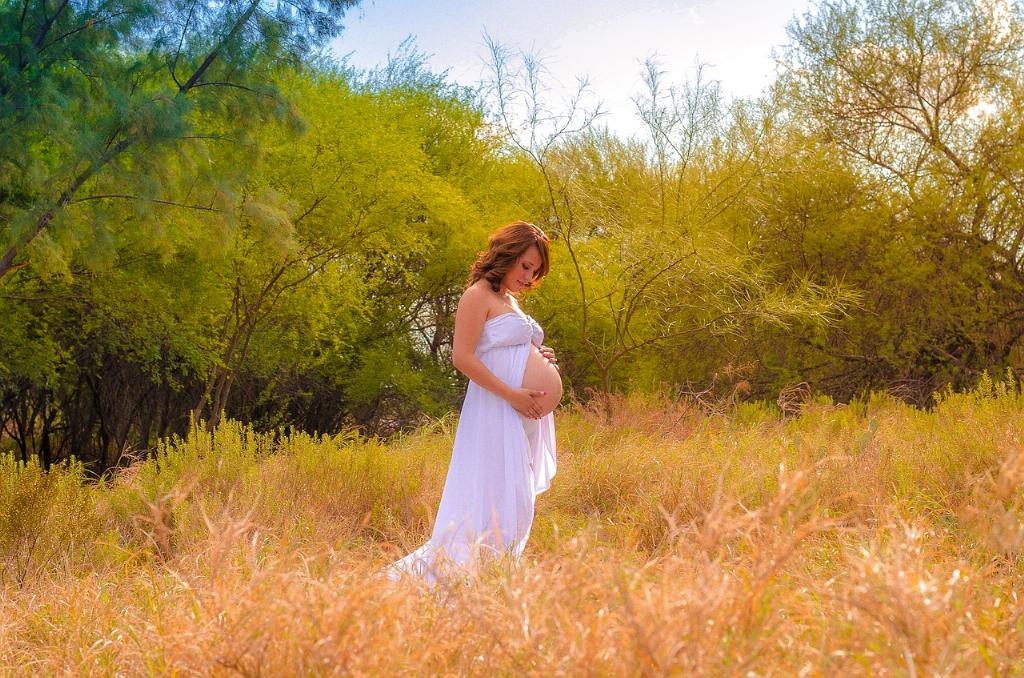Many individuals who have undergone a Cesarean section, commonly known as a C-section, may notice that their surgical scar appears raised and bumpy. This phenomenon can be concerning for some, but it is essential to understand that these characteristics are a natural part of the healing process.
The Role of Collagen in Scar Formation
After a C-section, the body initiates a complex process of wound healing. One key player in this process is collagen, a structural protein that forms the building blocks of our skin and tissues. Over time, the body produces collagen abundantly at the site of the C-section incision.
Collagen Accumulation and Scar Texture
Initially, the excess collagen accumulation can cause the C-section scar to appear raised, lumpy, and red in color. This is a regular part of the healing process and should be expected in the months following the surgery.
Transition to Smoother Texture
As time passes, typically over a period of three months or longer, some of the excess collagen begins to break down. Additionally, the blood supply to the scarred area decreases, leading to a gradual smoothing out of the scar texture.
Scar Maturation Process
During the maturation process of a C-section scar, the raised and bumpy appearance will begin to fade. The scar becomes softer, smoother, and eventually paler in color as collagen levels normalize and the healing continues.
Patience with the Healing Process
It is crucial to exercise patience and allow the body’s natural healing mechanisms to work their magic. While it may be unsettling to see a raised and bumpy scar initially, understanding that this is a temporary phase in the healing journey can provide reassurance.
Factors Influencing Scar Formation
Various factors can influence the appearance of a C-section scar, including individual healing capabilities, scar care practices, and the type of incision made during the surgery. Genetics and skin type can also play a role in how scars form and evolve over time.
Benefits of Scar Massage
Engaging in scar massage techniques as recommended by healthcare providers can help promote collagen remodeling and improve the overall appearance of the scar. Massaging the scar gently can aid in breaking down excess collagen and promoting smoother skin texture.
Importance of Sun Protection
Protecting the C-section scar from excessive sun exposure is crucial in aiding proper healing and minimizing scar discoloration. UV rays can impact the pigmentation of scars, making them more prominent and delaying the healing process.
Consultation with Healthcare Providers
If concerns persist regarding the appearance of a C-section scar, it is advisable to consult with healthcare providers, such as obstetricians or dermatologists. These professionals can offer guidance on scar management techniques and address any issues that may arise during the healing process.
Embracing the Healing Journey
Ultimately, the journey of healing from a C-section surgery is unique to each individual. Embracing the changes in scar appearance and recognizing the body’s remarkable ability to heal can foster a positive mindset throughout the recovery process.
Final Thoughts on C-section Scar Texture
In conclusion, the raised and bumpy texture of a C-section scar is a temporary phase in the healing process, primarily driven by collagen accumulation and subsequent remodeling. By understanding the nature of scar formation and practicing patience, individuals can navigate the healing journey with resilience and optimism.

